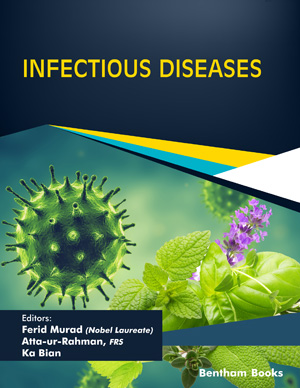
Abstract
Coronary artery anomalies (CAA) are a diverse group of congenital anomalies and are the second most common cause of sudden cardiac death in the young population after Hypertrophic Cardiomyopathy (HCM). Symptoms range from chest pain, syncope, or sudden cardiac arrest to completely asymptomatic. The prevalence of congenital coronary artery anomalies in the general population is estimated to be between 1% and 2%. CAA often gets underdiagnosed due to the lack of knowledge of the disease process. Approximately 5% of patients with acute myocardial infarction do not have atherosclerotic coronary artery disease or luminal narrowing due to other causes. Congenital coronary artery anomalies account for 50-60% of this 5% of patients. Most patients are asymptomatic for most of their lives, and chest pain is the most common symptom in symptomatic patients when referred for coronary angiography, typically when the diagnosis is typically made. The malignant coronary artery is a rare presentation of a coronary anomaly when associated with atherosclerotic coronary artery disease or valvular heart disease. Patients with symptoms of an abnormal coronary artery origin will receive medical treatment/observation, exercise restriction, coronary angioplasty with stent deployment, or surgical repair.
[http://dx.doi.org/10.1590/S1807-59322010000100012] [PMID: 20126349]
[http://dx.doi.org/10.1093/cvr/cvv251] [PMID: 26811390]
[http://dx.doi.org/10.1007/s11936-020-00859-1] [PMID: 34177246]
[http://dx.doi.org/10.4329/wjr.v8.i6.537] [PMID: 27358682]
[http://dx.doi.org/10.1161/CIRCULATIONAHA.121.055347] [PMID: 34543069]
[http://dx.doi.org/10.1016/j.jacc.2008.01.052] [PMID: 18498963]
[http://dx.doi.org/10.1016/j.ijcard.2021.04.005]
[http://dx.doi.org/10.14503/THIJ-16-6171] [PMID: 32603458]
[http://dx.doi.org/10.3345/kjp.2016.59.11.S80] [PMID: 28018453]
[http://dx.doi.org/10.14797/mdcj-15-2-111] [PMID: 31384374]
[http://dx.doi.org/10.1016/j.jccase.2013.09.001] [PMID: 30546776]
[http://dx.doi.org/10.7759/cureus.15354] [PMID: 34239788]
[http://dx.doi.org/10.1186/s13019-020-01116-z] [PMID: 32398101]
[http://dx.doi.org/10.3389/fcvm.2021.626108] [PMID: 34055925]
[http://dx.doi.org/10.1016/j.jtcvs.2016.06.066] [PMID: 28274557]
[http://dx.doi.org/10.4330/wjc.v10.i10.127] [PMID: 30386490]
[http://dx.doi.org/10.31083/j.rcm.2021.01.207]
[http://dx.doi.org/10.1016/j.jccase.2012.11.007] [PMID: 30533130]
[http://dx.doi.org/10.1186/1471-2261-12-83] [PMID: 23025810]
[http://dx.doi.org/10.15420/icr.2019.1.1] [PMID: 31178934]
[http://dx.doi.org/10.1016/j.jcmg.2017.02.004] [PMID: 28385257]
[PMID: 26563852]
[http://dx.doi.org/10.1007/s00246-009-9461-y] [PMID: 19488806]
[PMID: 32860412]
[http://dx.doi.org/10.1136/bcr.02.2012.5884]
[http://dx.doi.org/10.1093/eurheartj/ehaa575] [PMID: 32860058]
[http://dx.doi.org/10.1016/j.jacc.2018.08.1029] [PMID: 30121239]
[http://dx.doi.org/10.1177/2150135121999030] [PMID: 33942683]
[http://dx.doi.org/10.1016/j.xjtc.2022.02.022]
[PMID: 32357130]
[http://dx.doi.org/10.1093/ehjcr/ytaa047]
[http://dx.doi.org/10.1053/j.semtcvs.2014.08.001]
















